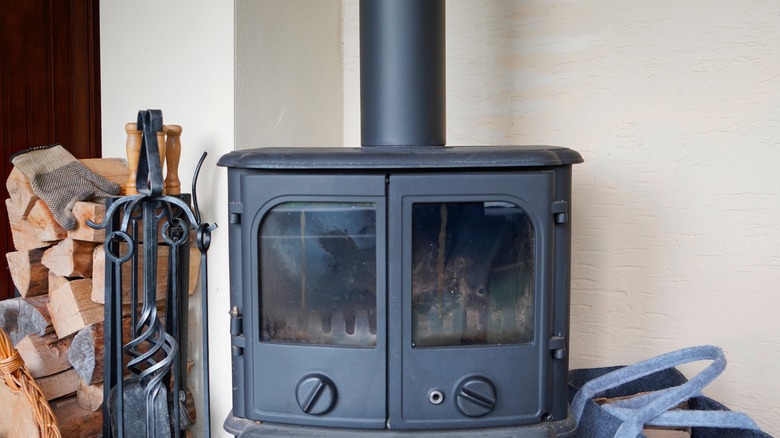Galvanized Stovepipes: Completely Safe Or Ludicrously Dangerous?
Is it safe to use galvanized stovepipe indoors? Conventional wisdom says the pipe gets hot and releases toxic zinc fumes that can result in metal fume fever (MFF). The caution seems to center around welding, though it's also one of the known dangers of cutting galvanized steel. However, when you assess the real risks of using a galvanized Class A double- or triple-wall stove or chimney pipe indoors — based on the temperatures involved in MFF and the surface temperatures (usually around 200-300 degrees) of double- and triple-wall insulated pipe — there doesn't seem to be much of an issue.
Of course, some people do get metal fume fever, and it's instructive to understand why. In a report by the Louisiana Poison Control Center, the distribution of MFF was tracked by occupation. Other names for MFF, like "brass founder's ague" and "Spelter's shakes," suggest what we know about sufferers: They generally come from professions involved in industrial bronzing, galvanizing, copper rolling, or welding of zinc or galvanized iron. Welders made up 73.3% of the reported cases, with another 7.6% made up of blacksmiths and construction workers. The remaining 19.2% of patients were of unknown occupations.
The point of the paper is that awareness of MFF — and considering the occupation of the patient — will help in making more correct MFF diagnoses in the future, since occupational exposure is a key identifying trait of those at risk for it. And understanding the difference between being one of these workers and just having a galvanized stovepipe in your home is important to understanding the (likely) non-risk of the latter.
The galvanized stovepipe is hot on the inside, but plays it cool on the outside
According to a 3M document about reducing zinc exposure, it's clear that oxygen cutting and arc welding temperatures above 932 degrees can produce zinc oxide fumes. Zinc itself vaporizes at around 1,742 degrees, but an oxide of zinc forms and is airborne at around 930 degrees ... a low temperature, indeed, compared with the other metals that can cause MFF, including antimony, arsenic, cadmium, cobalt, copper, iron, lead, magnesium, manganese, mercury, nickel, and tin.
So, let's get to the part that worries the more average homeowner: What happens on the outer wall of a double-wall galvanized pipe at the maximum temperatures produced by a wood-burning stove?
Flue gas temperatures might reach 1,000 degrees, but the outer wall is no more than very warm to the touch. For this reason, the clearance between double-wall stovepipe and combustible materials is prescribed by various regulators and manufacturers as 2, 6, 8, or 9 inches. Generally speaking, building codes require 8 inches to combustible ceiling materials and 6 inches to combustible wall materials. The NFPA and UL standards for Class A stove pipe with a 2-inch clearance require that they reduce surface temperature to no more than 90 degrees above the ambient temperature. So, unless the ambient temperature of your living room is a toasty .... (wait for it) 842 degrees? Well, then, it's not clear how zinc oxide fumes could be produced by the outer layer of the double- or triple-wall pipe that's exposed to the room. In other words, if you find yourself with an overabundance of galvanized chimney pipe, it's not outrageous to consider using it to make your stove pipe cooler to the touch inside the home as well.

